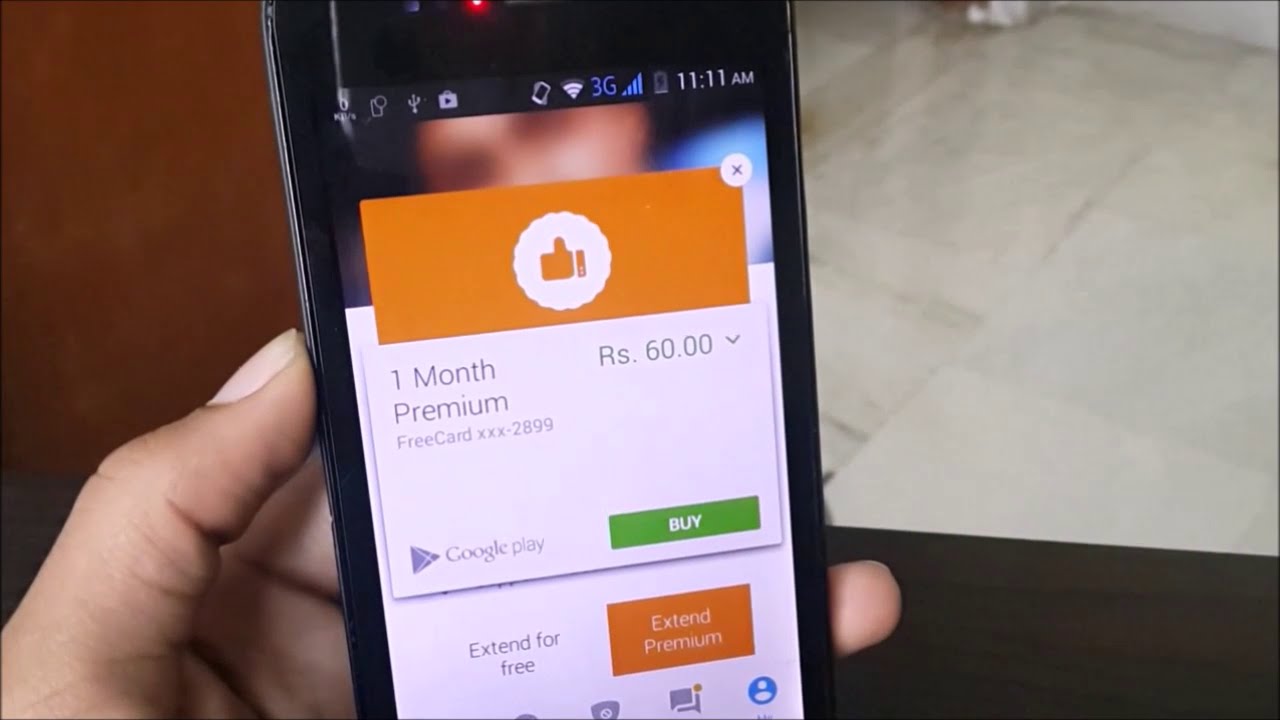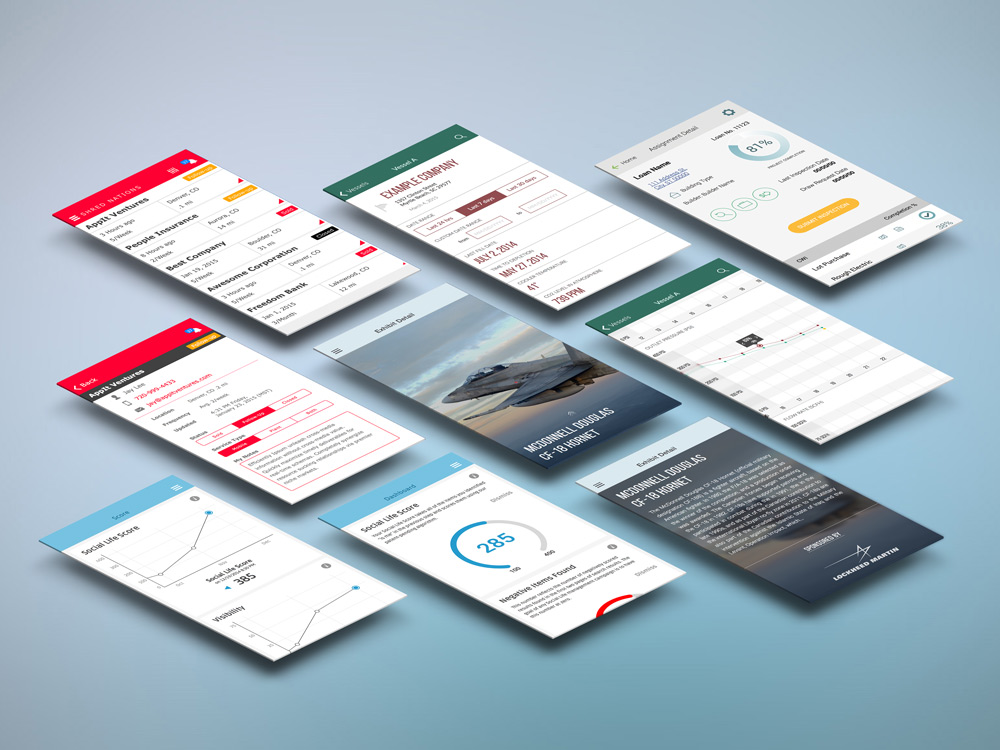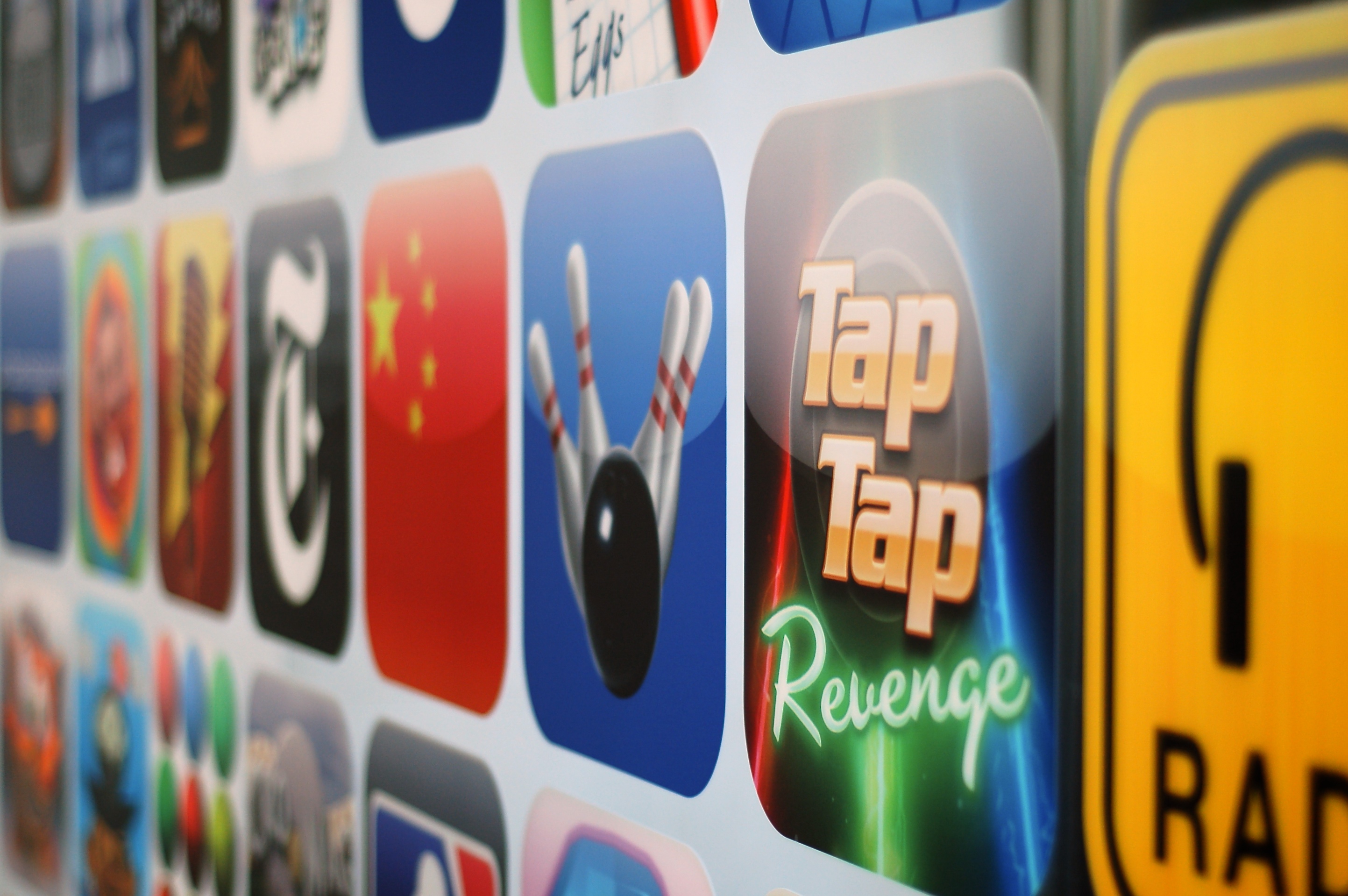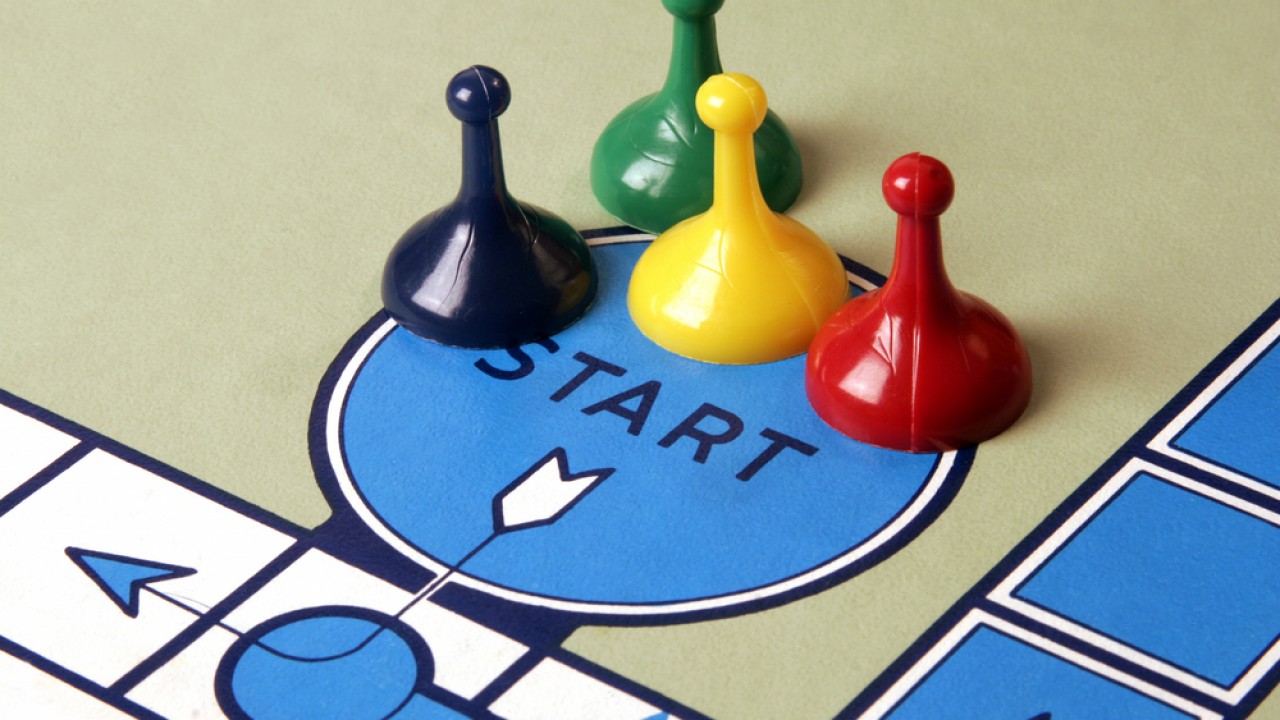
In just a few years, freemium pricing for mobile apps has gone from an unusual fringe strategy to the dominant pricing scheme in the mobile app industry.
How dominant? Well, in 2014 98% of all app revenue in Google Play came from freemium apps in the form of in-app purchases and monthly subscription fees. Apple App store numbers were nearly as high, even discounting the impact of mobile gaming.
The writing is on the wall: freemium is here to stay. The question is, what does that mean for pricing your app? Why is freemium so effective, and what are the exceptions where up-front pricing and other strategies can beat it out?
Start at the beginning: what is freemium?
As the name suggests, freemium is a monetization model that combines aspects of free and paid services. A freemium app is free to download, with the catch that some features are only available to users on a paid basis.
Most freemium apps drive revenue with in-app purchases, monthly/yearly subscription fees, or some combination of the two. Compared to free or paid apps, freemium pricing offers the most potential income to the mobile app developer at the lowest apparent cost to the user.

Examples of subscription-based freemium apps include Evernote and Instapaper, both of which offer their services for free with additional features activated by monthly membership fees. In-app purchases are the driving strategy behind freemium mobile gaming apps, with Clash of Clans and Candy Crush clearly illustrating how lucrative it can be. Clash of clans pulls around 5 Million USD in revenue every day, making Candy Crush’s approximately 700 thousand in daily revenue look piddly in comparison. The important part: both companies credit freemium models as driving their rapid growth.
How is freemium different from a free trial?
At this point, someone with a software background might ask: why not use free trials for paid apps? After all, there’s hardly a desktop software product that can’t be tried out for at least a few days before you decide to buy. Meanwhile, the Apple App store doesn’t have a single mobile app free trial to speak of.
Part of the reason free trials never caught on for mobile apps is simply the rules of the game: the Apple Store doesn’t allow them. In a sense, freemium is the only way around the rules for developers who want to “hook” users without an up-front fee, with the hope that they’ll pay up down the road.

…And while some developers might be frustrated that they can’t offer a free trial for a paid app, the rule is actually a blessing in disguise. Why? Because it forces developers to consider the parts of their app that offer real, unique value — pushing startups to create products that are so amazing that users will shell out a monthly fee to keep using them.
That way, rather than an app store littered with free trial proposals, we have an app ecosystem of useful, functional apps that don’t “time out” on users, while still driving revenue for iPhone app developers by onboarding monthly subscribers or in-app purchases from power users.
…But on the negative side, we’re left with an ecosystem where users are accustomed to high-quality free apps, making the value proposition for paid apps all the trickier.
Psychology 101: why freemium works
TechCrunch famously announced that “it’s over for paid apps” back in 2013, and time has more or less proven them right. So what is it about freemium that’s so successful?
The secret to freemium apps’ success is best illustrated in the goofiest of mobile apps: games. The strategy isn’t to make a good app, but rather to make an app that’s so useful and/or fun that the user can’t imagine not having it.

The strategy is slightly more complicated for utility apps, since unlike games there may not be “levels” or “objectives” built-in. For education and productivity apps, app developers often “gamify” their products, adding reward systems, levels, and winning objectives to encourage users to return to the app again and again. (Language-learning tool Duolingo is an excellent example of a gamification strategy at work.) Gamification is a powerful tool in the UX design toolbox.
For apps that aren’t necessarily suitable for gamification (healthcare apps and financial apps for example), freemium strategies rely on tools like push notifications, social network tie-ins, and tailored services to make the app feel indispensable, earning power users who’ll invest money in the long run.
Can freemium work for small startups?
Short answer: usually. However, there are some exceptions to the rule.
Freemium is highly effective with large-scale apps, since the strategy relies on a large user base to guarantee the small percentage of power users who support the service financially.
For small startups and London iPhone app developers, the low margin of paying users built into freemium pricing can put a ceiling on an app’s earning potential. This is particularly true for apps that focus on a small target audience, where the 2% of a user base that pays for premium features might not be large enough to support operation costs.

The iPhone app developer behind Comfy Read posted a case study on their experience switching to a Freemium model that actually killed sales; their service was too specific — with too small an audience — to be profitable without a price tag, even after building a reasonable user base as a paid app.
On the flip side, other app developers have taken to Medium with evidence of the opposite being true.
When to consider paid or “paymium” over freemium
Apps for industries like healthcare, self-tracking, and finance are frequently able to justify an up-front cost easier than games or activity-specific apps, since they offer a clear financial, health, and time-saving benefits that make the 1-5 dollar download cost worth it to users. Between 15-50% of top-ranking apps in the Apple Store and Google Play within these categories are paid, compared to less than 10% in categories like gaming and entertainment.
Another situation where paid apps can beat out freemium ones are in services that target wealthier audiences, such as fitness apps, wearable apps, and niche financial apps. Recent years have seen the rise of so-called “paymium” apps in these categories, using a combination of up-front costs and premium features to drive high revenue-per-user.
So while the statistics show that freemium usually works for small startups, pricing decisions still have to be made on a case-by-case basis, with a special consideration for audience size and service scalability.
Freemium owns the market, but there’s always room for innovation

Freemium will continue to reign as the dominant app pricing structure so long as users expect high-quality free apps — and startups are able to turn a profit offering premium services.
That being said, the app market has always favored the unique over the everyday, so app developers willing to think outside the box and find new ways to price their services are bound to find big rewards. Whether your app goes freemium, paid, paymium, the important thing is that your app solves critical, real-world problems for your users.
So long as they can’t live without it, revenue is sure to follow.





